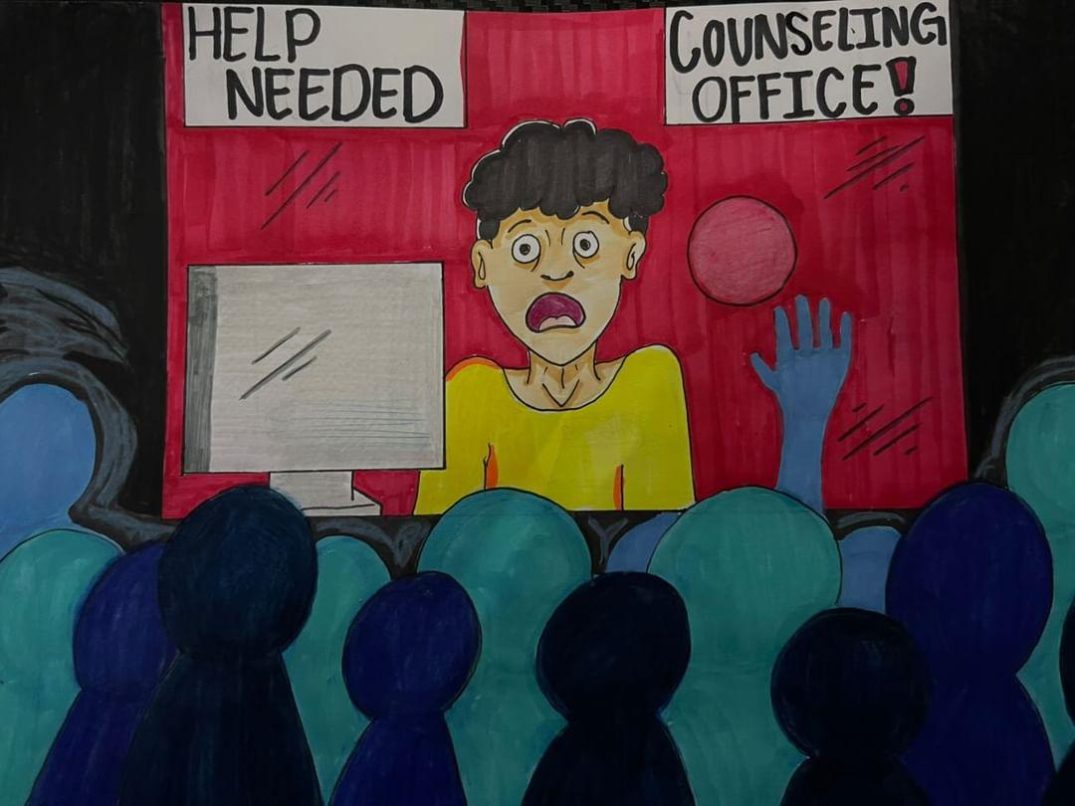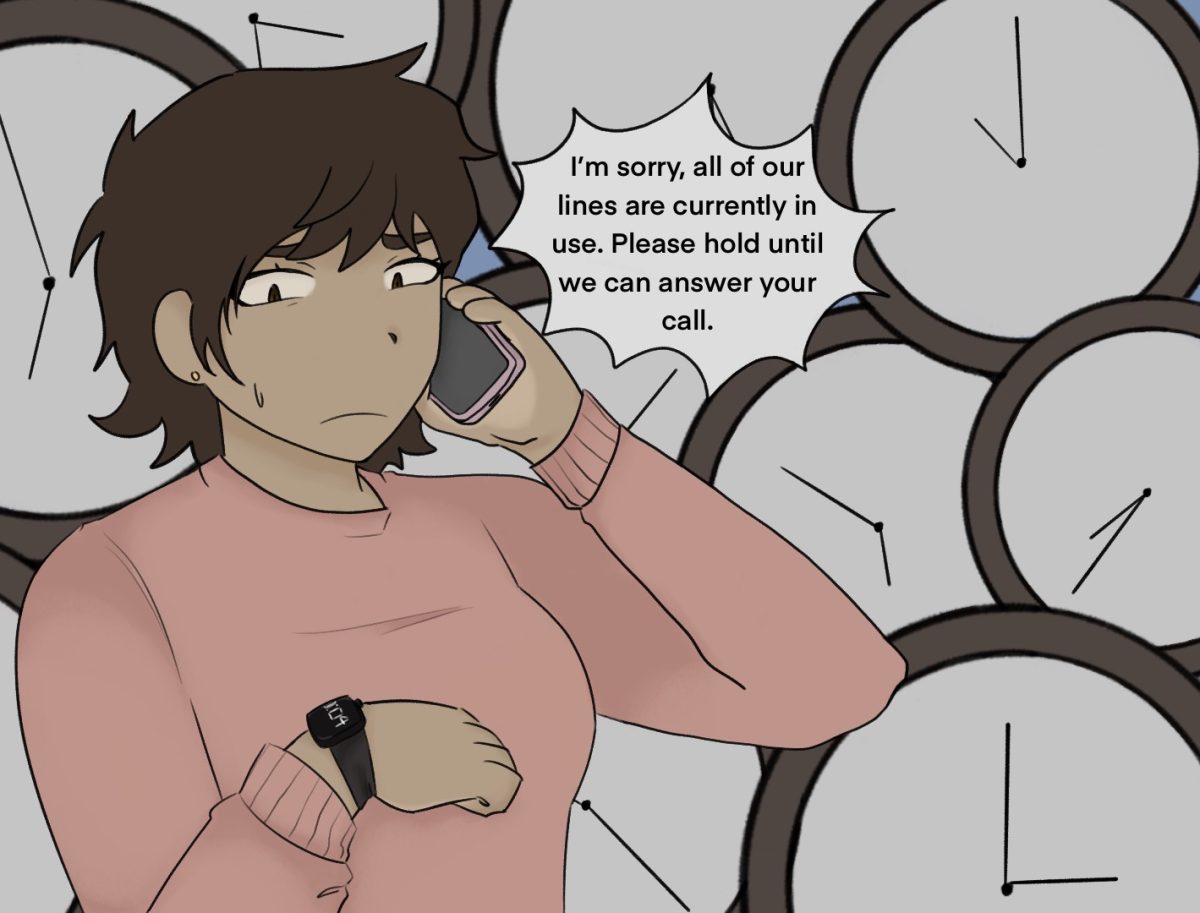Nothing is more disheartening to a student than to have a burning question in her bosom as she travels across campus to find a professor’s door locked and an empty office. At the least, it is an inconvenience; at the most, it is detrimental to both the instructor’s reputation and the student’s grade.
Instructor office hours are designed for students to reach instructors, to discuss questions and to request guidance in a private setting.
But when instructors do not keep those hours, it becomes a problem for the student, and eventually, the professor as well.
If office hours are going to be advertised, then they should also be strictly kept.
Class time, whether it be an hour or three, may seem like a sufficient amount of time for students to pose their concerns to the instructor; much of the time, it is not.
Students oftentimes do not possess one-track minds, especially when the topic concerns their studies. In addition, students may have matters that they would rather not divulge to a roomful of peers.
The complaint may arise from faculty that students simply don’t use the office hours to their advantage. Instructors may spend hours at a time sitting in their offices, only to have not a single soul walk through the open door.
In this case, it would be more than wise to provide a phone number or email address through which a professor can be easily reached.
But “easily reached” should not mean that the student must call multiple times or send three or four emails to receive a response. No matter how many times students will pick up the phone or click the “send” button, some instructors fail to meet their students’ needs.
A few instructors have solved the predicament by asking each class for preferred office hours. The instructor will then choose hours according to both his and students’ time constraints.
This solution is a solid one that more professors should employ. It is not the fault of the instructor alone.
Students are guilty of rattling off a home phone number too quickly, or not at all.
The central, overall issue is the mix-up in communication. Professors have a responsibility to provide clarification, support and assistance. Despite this obligation, students must take the help graciously and with consideration.
Though it may be the instructor’s job to lend a hand, it is also the student’s responsibility to be polite and clear and to give appreciation where it is due.
For both just being thoughtful and thorough can establish more harmony and a better-working learning environment.





